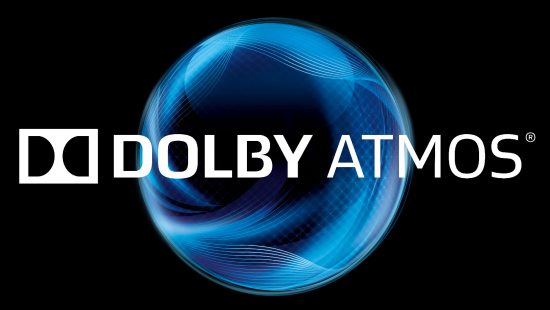Sound & Vision: A Review of Dolby Atmos & Vision
The modern world has brought us unprecedented access to movies. Between the proliferation of screens and the internet, now you can practically watch a film anywhere. Whilst many directors bemoan the practice, for me re-watching Jurassic World on a small screen has made a long flight easier and Force Awakens on an iPad is much better than looking out the train window at Birmingham New Street station. If you really like, you can take your phone out and watch Captain America defeat Hydra all whilst sat on the toilet. The point is people are often happy to sacrifice quality for portability. So where does all this put the ‘cinema experience’ and, against a tide of cheaper and accessible options, what can companies offer to make a trip to the local picturehouse unmissable?
In order to find out I headed to the Dolby headquarters in London, which despite having no music in their toilets, (look, I expected a surround sound equipped bathroom, OK?) does boast a state of the art screening room. Captain America: Civil War was to be the litmus test, delivered in full Atmos sound and Dolby Vision, the sales patter claiming it would “completely immerse you in the action…a powerfully moving cinema experience”. Quite a bold claim and it’s easy to dismiss something like a new sound system as a simple excuse to make it louder or add more speakers, like putting another superfluous blade into a razor, but Dolby Atmos claims to be something different entirely.
There’s a lot of Tony Stark style science behind it but basically with improved speaker layout Dolby Atmos allows sounds to become ‘objects’ (not literally so don’t worry about Iron Man’s gloved hand flying towards your face) and film-makers can now position where they want them to be within the cinema space. We were shown a clip of the Stars and Crew of Civil War waxing lyrical about the wonders of Atmos, which is great for them but what does it all mean for the general film goer?
As the lights went down and with heightened expectations I expected the epic airport scene would be key to reviewing it (and of course seeing Vision in Dolby Vision). However, it was the more nuanced quieter moments that the sound stood out for me. The action scenes allowed the system to flex its muscles and it successfully does bombastic noises with bassy aplomb but where it really shined was noises such as the rain outside or a car approaching, the spacial effectiveness of this coming into play really made it seem much more real. As for Dolby Vision the picture is sharp but the colour palette was outstandingly eye-popping. The movement within the action scenes flowed excellently, frankly it looked fantastic.
Ok so it looks and sounds great but does it really make a difference to the story and the watching experience? well frankly yes, watching something like the airport scene from Civil War on a phone just doesn’t have the same effect, the heart racing excitement feeling it in your gut when the sound from an explosion goes through you coupled with the 360 degree aural experience all seen on a giant screen. It also allows the filmmakers to really think about where sounds should be coming from to make it a more immersive experience.
Luckily the system, launched in 2012 is becoming an industry standard and there are a lot of films on the horizon using this same technology to look forward to (including Suicide Squad). I am an unashamed convert, its only downside is the fact it doesn’t have a super 90’s ident complete with helicopter and cheesy guitar, but there’s still time for them to work on that.











